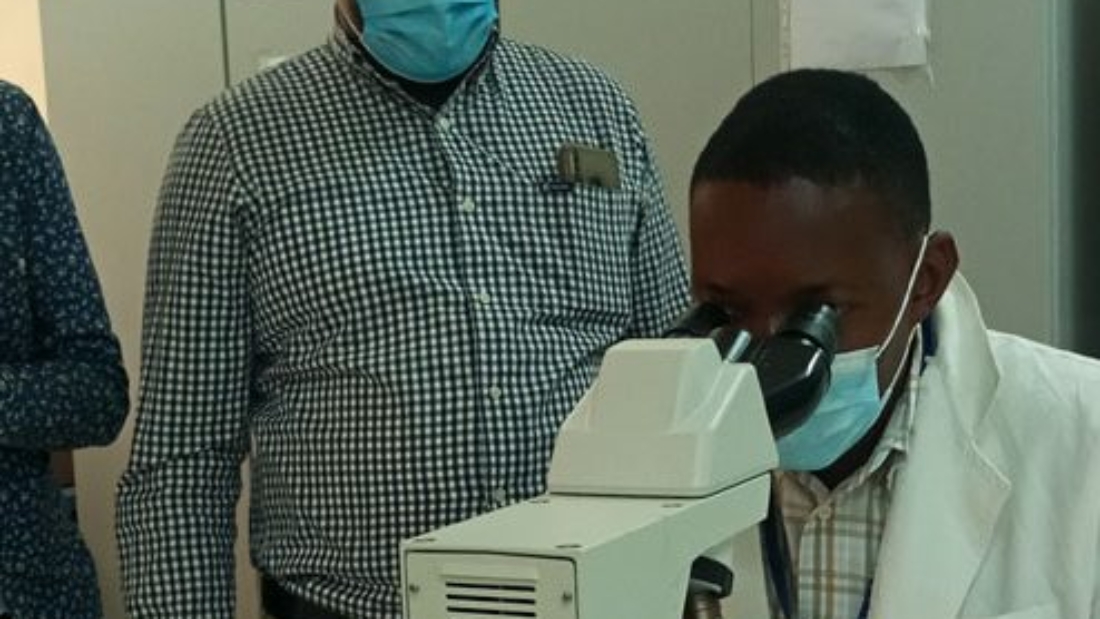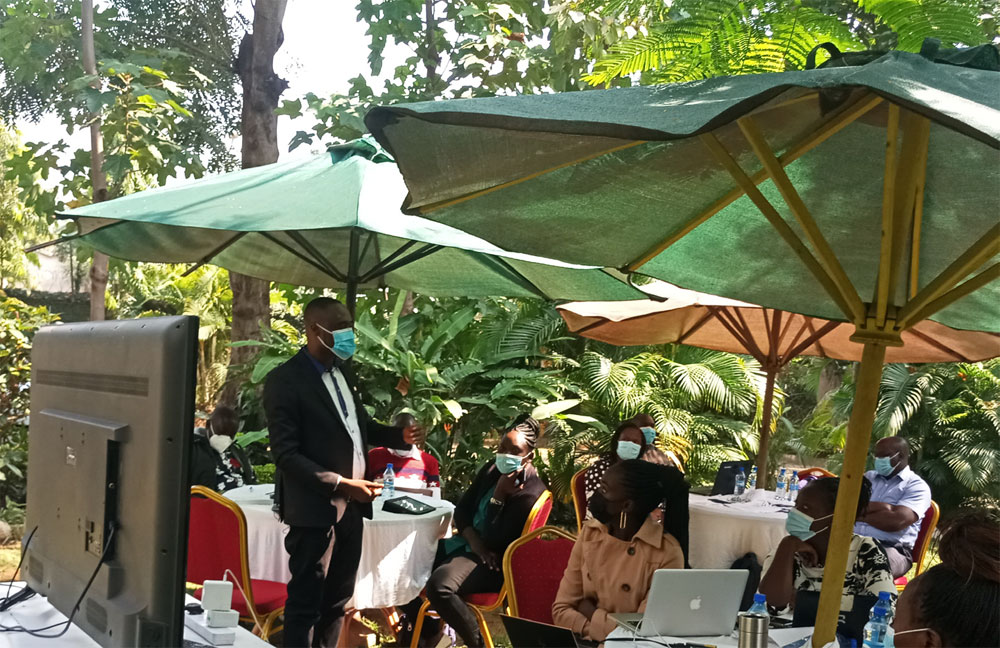Applied research through the One Health approach will lead to health investments that will accelerate economic development and reduce social inequalities, experts have advised.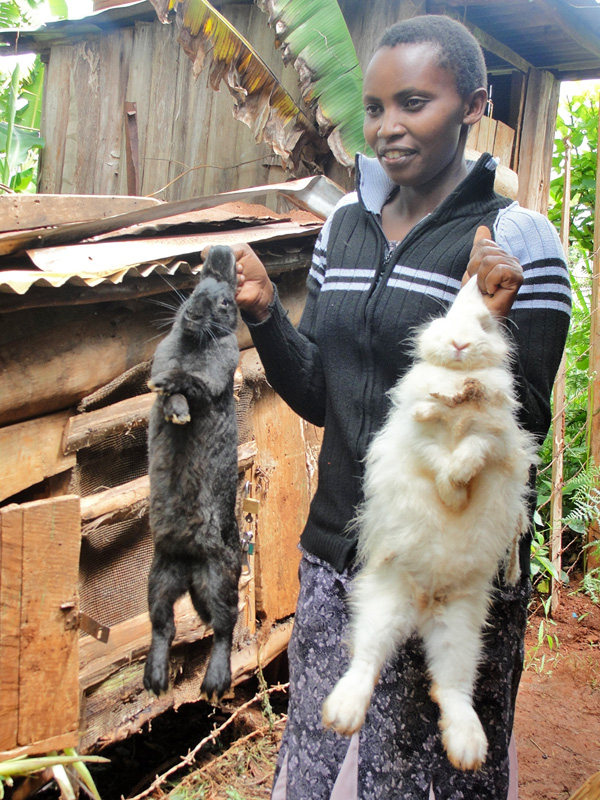
Speaking to science, health and environment journalists, Delia Randolph, professor of food safety systems at the Natural Resources Institute in the UK, said One Health allows for integrated thinking across three sectors – human health, animal health and environment health.
Randolph, also a contributing scientist at the International Livestock Research Institute (ILRI), said One Health is therefore a collaborative, multisectoral, trans-disciplinary approach that cuts across the local, regional, national and global levels.
Bernard Bett from the One Health Research, Education and Outreach Centre (OHRECA) said One Health and the Sustainable Development Goals (SDGs) are closely linked.
One Health, he said, contributes to SDGs 1, 2, 3, 12 and 17 (no poverty, zero hunger, good health and well-being, responsible consumption and production, partnership). More so, the One Health approach contributes to SDGs 5, 6, 10, 15 (gender equality, water and sanitation, reduced inequality, life on land).
“Ending poverty and other deprivations goes hand in hand with improvements on health, education, reduced inequalities and economic growth,” said Mr Bett.
He said based on the One Health approach, genomic analysis of SARS-CoV-2, the virus that causes COVID-19, has boosted the capacity of COVID surveillance in Kenya.
In this regard, he said, testing for SARS-CoV-2 using qPCR has been ongoing at ILRI since 2020. A total of 24,398 samples have been tested and results shared with the Ministry of Health (MoH).
The ILRI laboratory where genomic analysis is ongoing is part of a network of facilities in the country that is supporting COVID-19 genomic surveillance.
Genomic analysis is the identification, measurement or comparison of genomic features such as DNA sequence, structural variation and gene expression. Essentially, genomics is the study of genes that makes it possible to predict, diagnose and treat diseases more precisely.
Bett said the genomics laboratory “has received additional funding to the tune of $1 million from the Rockefeller Foundation to support genomic surveillance of SARS-CoV-2 in the Eastern Africa region.
He also delved into intersectoral collaborations for rabies control in Machakos, saying that Kenya has increased coverage of control measures.
This is a step in the right direction as rabies remains a serious public health issue. Canine rabies, he said, causes an estimated 55,000 deaths annually across Africa and Asia.
As such, with the most effective strategy towards minimising human exposure being controlling rabies in dogs, OHRECA and VSF Germany are in collaboration to develop sustainable and scalable vaccination strategies for rabies through the One Health approach. Bett said that through the collaboration, the target is to vaccinate 200,000 dogs per year.
“New knowledge on the impact of climate and land use change on zoonotic diseases occurrence is being used for contingency planning,” he said.
OHRECA is leading studies to identify drivers of Crimean Congo hemorrhagic fever in Burkina Faso and Rift Valley in Kenya.
On institutionalising One Health in Kenya, Dr Athman Mwatondo, who is the co-head of Zoonotic Disease Unit at the Ministry of Health, said the Unit was formed between line ministries of human and animal health.
Established in 2012 through a Memorandum of Understanding (MoU), the Unit’s structural office is in Kenyatta National Hospital grounds, at the MoH grounds.
The Zoonotic Unit, Mwatondo said, has a mission to “establish and maintain active collaboration at the animal, human, and ecosystem interface towards better prevention and control of zoonotic disease.”
The Unit’s priority areas of outbreak investigation and response include the Rift Valley fever, anthrax and rabies, with a view to particularly eliminating rabies.
Mwatondo spoke of the need to create sustainable county level One Health platforms that will facilitate the devolution of the One Health approach.
Progress thus far includes the epidemiological investigation of a Rift Valley fever outbreak in humans and livestock in Kenya in 2018. Outbreaks of the Rift Valley fever were recorded in Wajir and Siaya counties in 2018, Murang’a from 2019 to 2021 and Isiolo in 2020 and 2021.
There was also an investigation of recurrent anthrax outbreaks in humans, livestock and wildlife from 2014 to 2017.
Mwatondo said rabies elimination activities include improving access to post-exposure prophylaxis and rabies education and awareness. Thus far, he said, there has been coordinated mass dog vaccinations in two pilot counties.
Mwatondo said the challenges in implementing the One Health approach include difficulties in coordinating multiple partners and operationalisation difficulties such as high staff turnover.
He said there is a need for domestic funding of One Health activities for sustainability purposes and to understand and adapt because the One Health approach is not a one size fits all.
By Joyce Chimbi

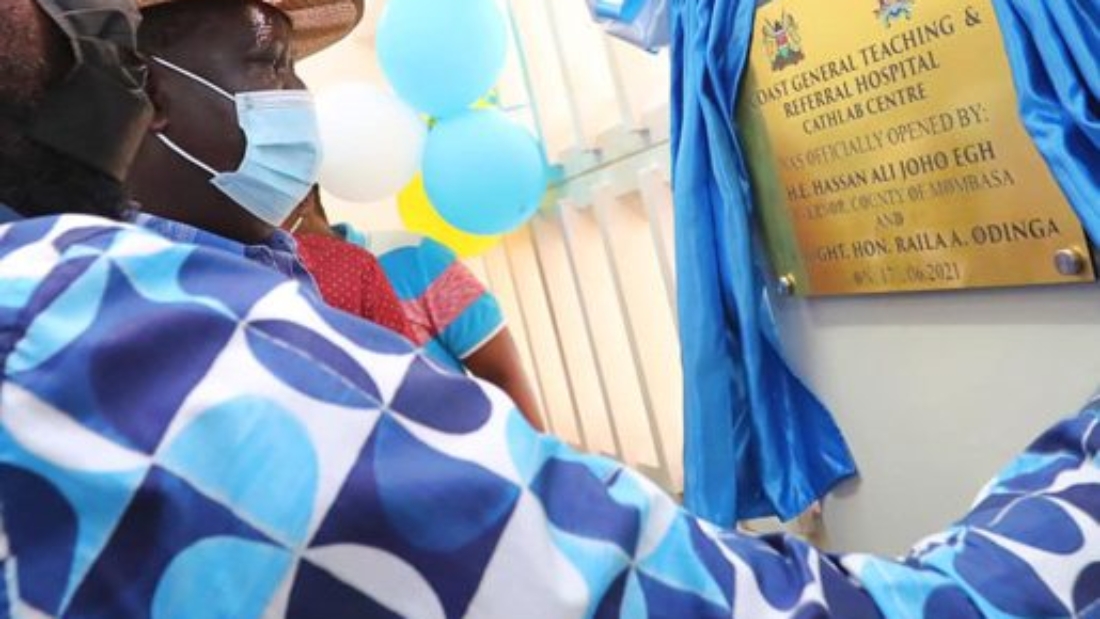
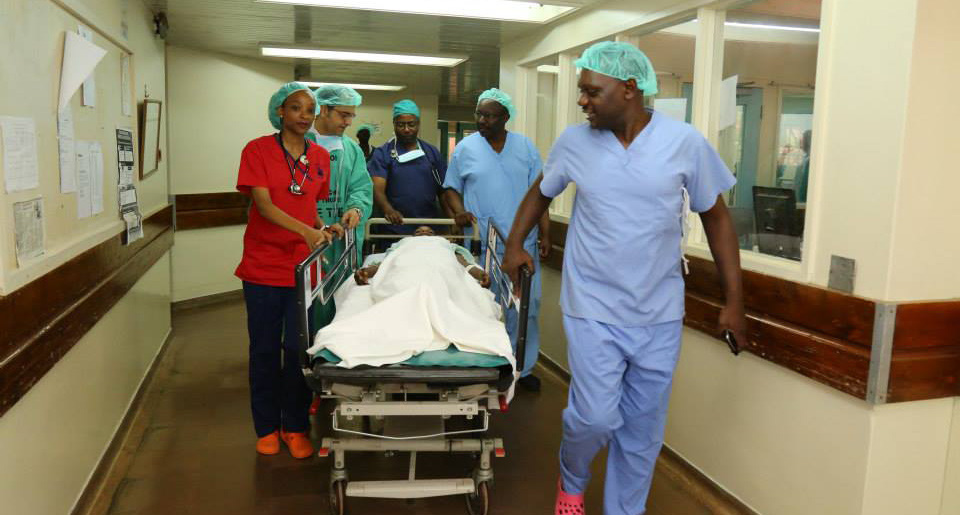 the operations, but could not after President Uhuru Kenyatta announced lockdown in five counties with high infection rates including Nairobi. That was a major setback,” said Dr Sore.
the operations, but could not after President Uhuru Kenyatta announced lockdown in five counties with high infection rates including Nairobi. That was a major setback,” said Dr Sore.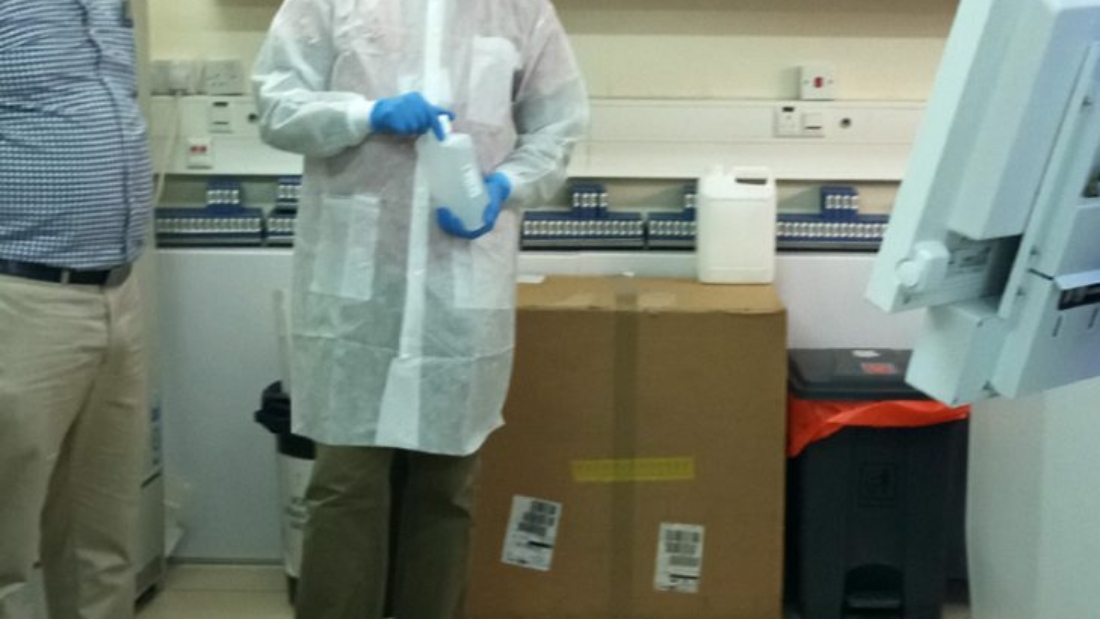
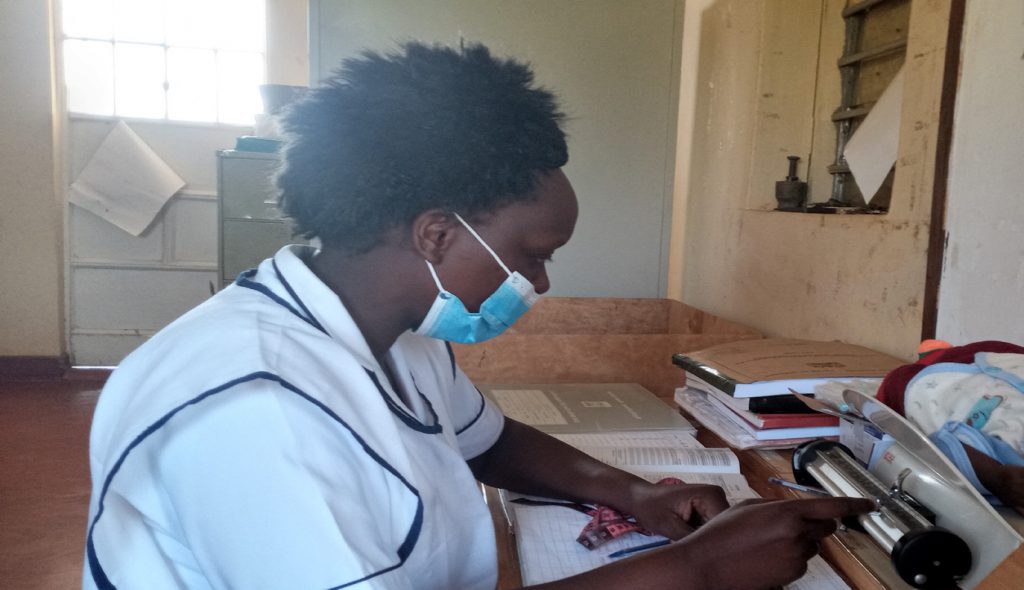 Anita Nyambura, a consultant laboratory technician with a private hospital in Nakuru County, states that telemedicine is the provision of health services, in this case for people living with HIV through a wide range of platform such as video, phone calls, social media and mobile phone apps designed for this very purposes.
Anita Nyambura, a consultant laboratory technician with a private hospital in Nakuru County, states that telemedicine is the provision of health services, in this case for people living with HIV through a wide range of platform such as video, phone calls, social media and mobile phone apps designed for this very purposes.
 and lowered productivity.
and lowered productivity.

